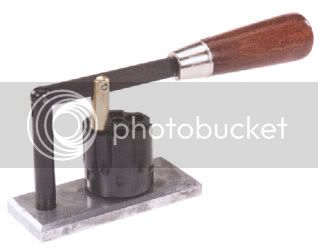It is hard to believe the manufacturer would let it happen that the plunger doesn't go deep enough to properly seat the ball. But if you want to make sure, try this:
Use a skinny dowel or a pencil to measure the depths involved. Start with an empty chamber; drop a dowel or the eraser end of a pencil into the chamber; mark the spot where the dowel meets the front face of the cylinder.
Remove the dowel; measure out your powder charge; pour the powder into the chamber. Now reinsert the dowel so it rests on top of the powder charge; draw a line on the dowel where it meets the edge of the cylinder.
Remove the dowel and empty the powder from the chamber, for safety's sake.
Your dowel is now marked with two lines, one representing the level of the 13 grain powder charge, the other is the full depth of the chamber. The space between the two marks gets shared out between wad, ball, and empty space that you may want to fill up with some sort of filler.
If you are using a 1/8" wad between the powder and the ball, make a mark about 1/8" above the line that marks the powder charge (or slightly less than 1/8" to account for compression). Put the edge of a .36 ball on this mark and make another mark at the other end of the ball.
The difference between the last line you drew and the first line you drew (marking the full depth of the chamber) is the distance of travel required from the loading plunger if you are not using any filler.
Swing the plunger into the cylinder and mark on the plunger the spot where it meets the edge of the cylinder. Now compare the distance between the face of the plunger and the mark you just made with the marks you made on the dowel. The distance between the two marks on the dowel should be less than the distance between the face of the plunger and the mark where it meets the face of the cylinder.
GBob01 said:
What I'm shooting is .36 cal. 1851 Colt Sheriff (5-1/2 bbl). The book says 9-12gr, but I have seen load charts up to 14gr. Should I go any higher than that?
It's always a good idea to stick within the maker's recommended min and max loads. My 1851 Navy in 36 caliber (uses a .375" ball) was made by Uberti. It came with a leaflet titled "Black Powder Revolvers" that gave a load of 16 grains for target shooting with round ball and a max load of 25 grains for round ball, and 15 grains max for conicals. Another leaflet in the same box, titled "Muzzleloading Manual" gave a load range of 15 - 22 grains as the range of "best accuracy."
What size ball did the maker recommend for your revolver?






